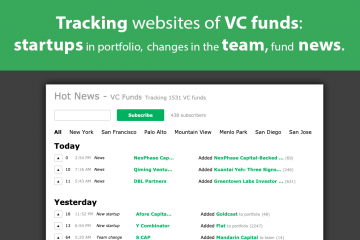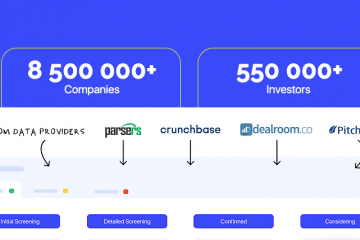How and why HR uses Big Data: big data technologies in human resources management
How to measure management experience, predict and prevent professional burnout, quickly find a suitable candidate and form a highly effective team with the help of Big Data – we understand HR-Analytics and other important issues of “smart” personnel management.
Where in HR big data?
According to the study of the audit company KPMG, Big Data is used in about 60% of HR departments of various organizations around the world. In this case, HR-data can be divided into 2 groups:
- external ones are outside the company’s information space – profiles of candidates in social networks, resumes of applicants and job descriptions on specialized job search sites;
- internal information about employees, their duties and performance from corporate systems, Excel-tables and regulatory documents, as well as informal feedback from colleagues and management.
Why HR is thinking about Big Data?
If your company has more than 1,000 employees, several HR systems and a lot of unstructured data that needs to be visualized, interpreted and analyzed, the implementation of Big Data is likely to be relevant for you. These technologies will make it possible to carry out a comprehensive collection and comprehensive analysis of human capital, taking into account the overall efficiency of the business and individual activities of the enterprise. In particular, cover each of the 9 areas of HR Analytics:
- Analytics of key skills of employees;
- Analytics of attraction and management of talent development, formation of corporate competence model;
- analyst workload of employees:
- analysis of the ratio of time spent on creating added value and time spent on administrative tasks;
- normalization or analysis of the tasks performed and the time allocated for their execution;
- analysis of total staff workload;
- Analytics of staff turnover, forecasting of staff needs, calculation of employee satisfaction and engagement indices;
- Analytics of corporate culture – informal (and often unspoken) rules of conduct and interaction in the company to formulate the target culture, influence it, tracking and noting trends, as well as timely identify unwanted changes;
- Analytics of recruitment channels: corporate website, recruiting platforms, oral recommendations – analysis of their effectiveness, comparative speed of development and potential;
- leadership Analytics (leadership) to assess the contribution of managers by analyzing the performance of the entire organization and feedback from employees obtained by anonymous surveys, focus groups and personal interviews;
- Analytics of individual performance of employees to encourage each employee depending on his contribution, as well as to determine the relationship between the performance of the specialist and the results of the assessment of his skills and competencies;
- Analytics of group interaction and mutual influence for the formation of effective teams, taking into account the dependence of the overall performance of the group on its constituent individuals.
Big Data tools perfectly solve such problems as recruiting, talent management, identification of inefficient employees and other business tasks.
The use of big data in HR
However, Big Data is necessary for recruiters and employees of HR-service not only for predictive Analytics. Today, big data technologies are successfully used in the following cases:
- search for employees (recruiting) – analysis and selection of the best candidates in a large amount of unstructured data: profiles in social networks, photos, comments, reviews from previous jobs, etc.;
- analysis of internal communications: e-mail, telephone conversations, calendar meetings, correspondence in corporate chats, messengers, etc.;
- formation of work schedules – analysis of employee workload on the basis of data on past periods and preparation of optimal proposals for shifts;
- the task of clustering, for example, the distribution of staff by preferential categories, the analyst used the options of a corporate benefits package, to calculate him effective budget.
And these are just some examples of the practical use of Big Data technologies for human resource management.


